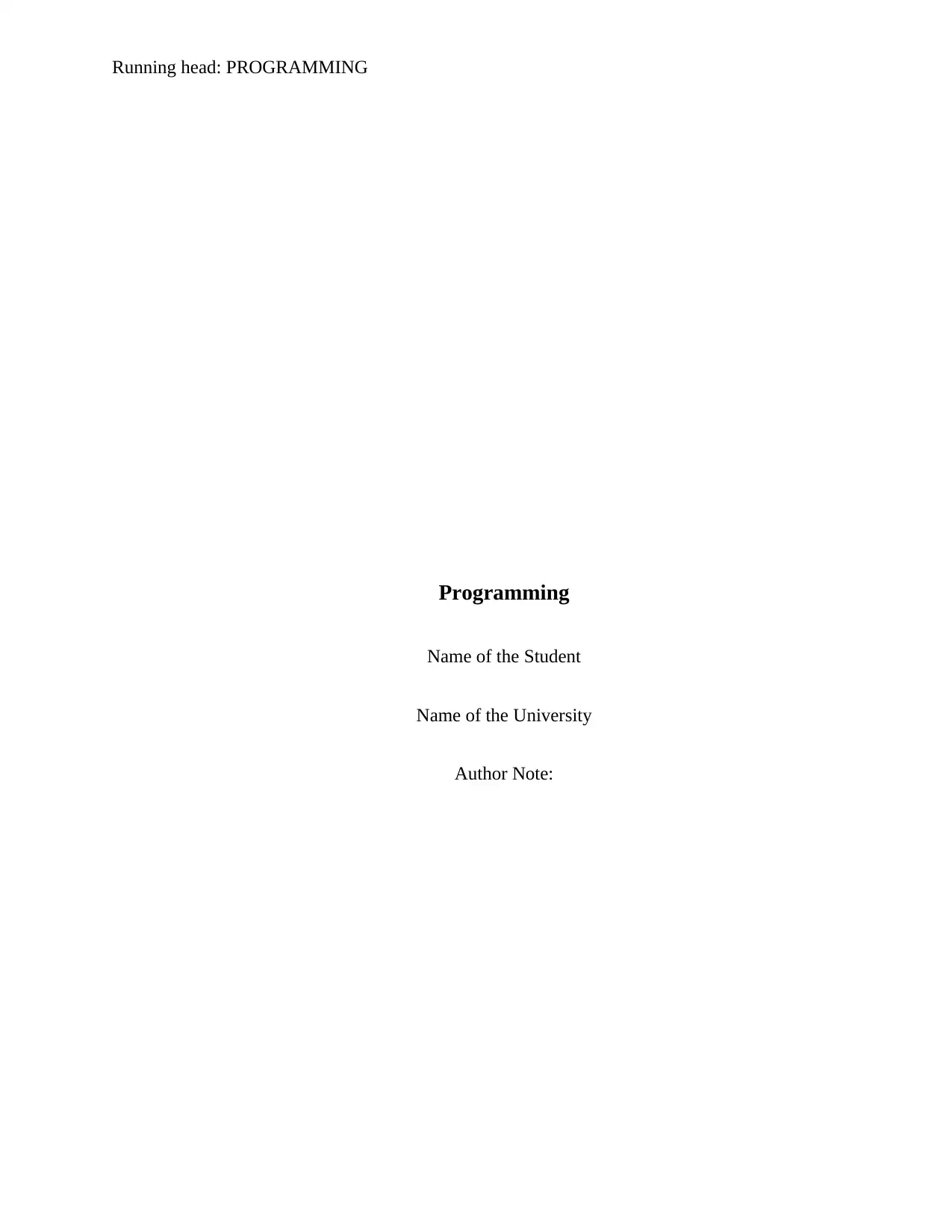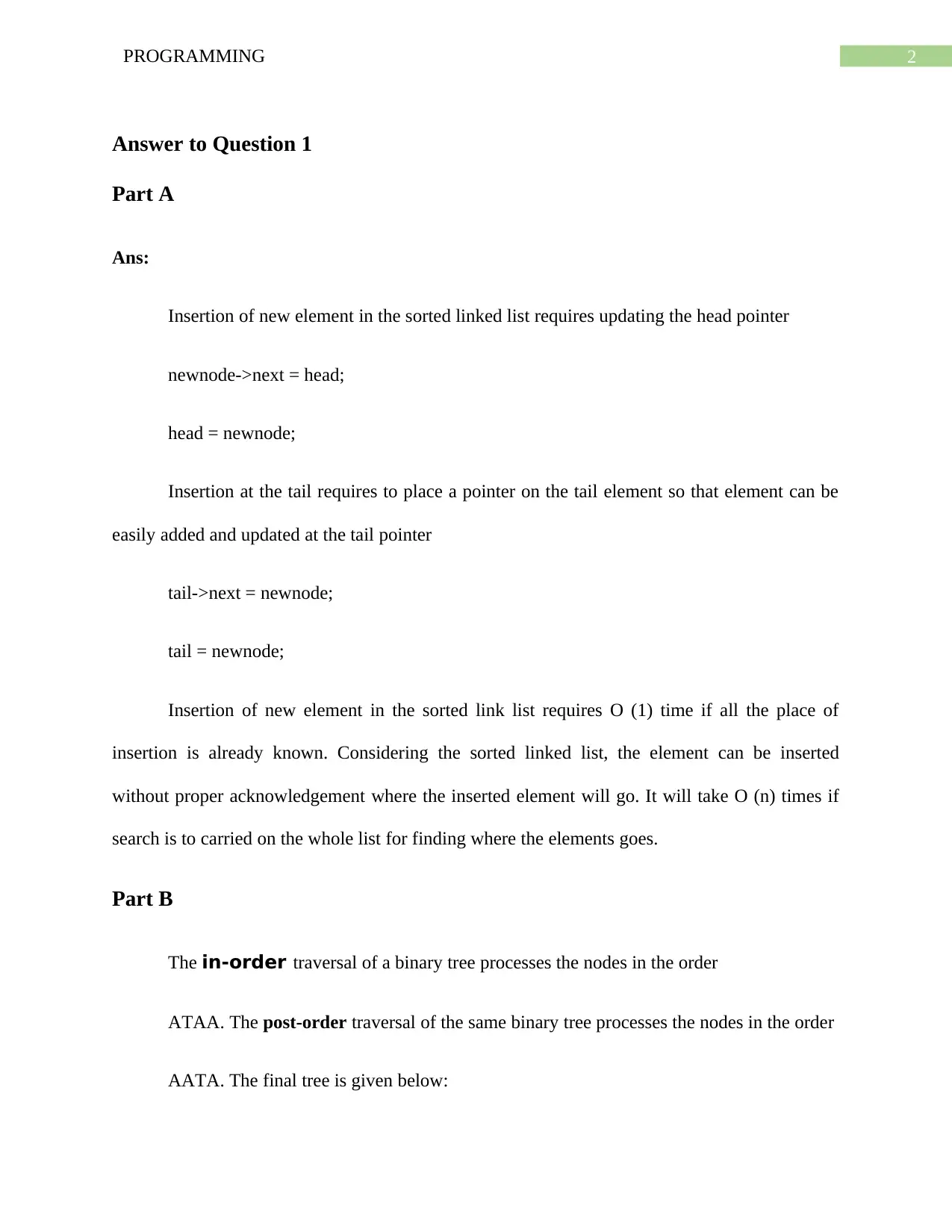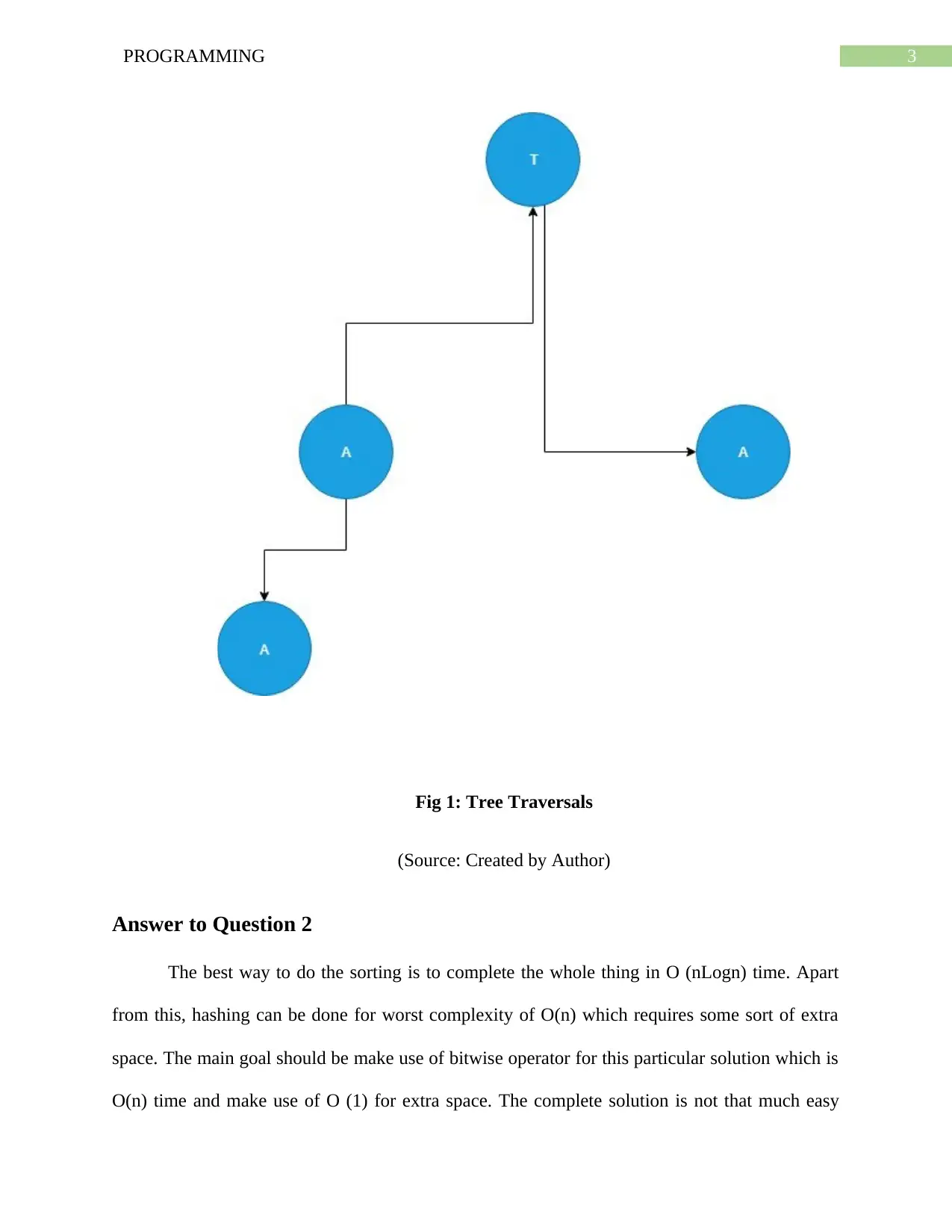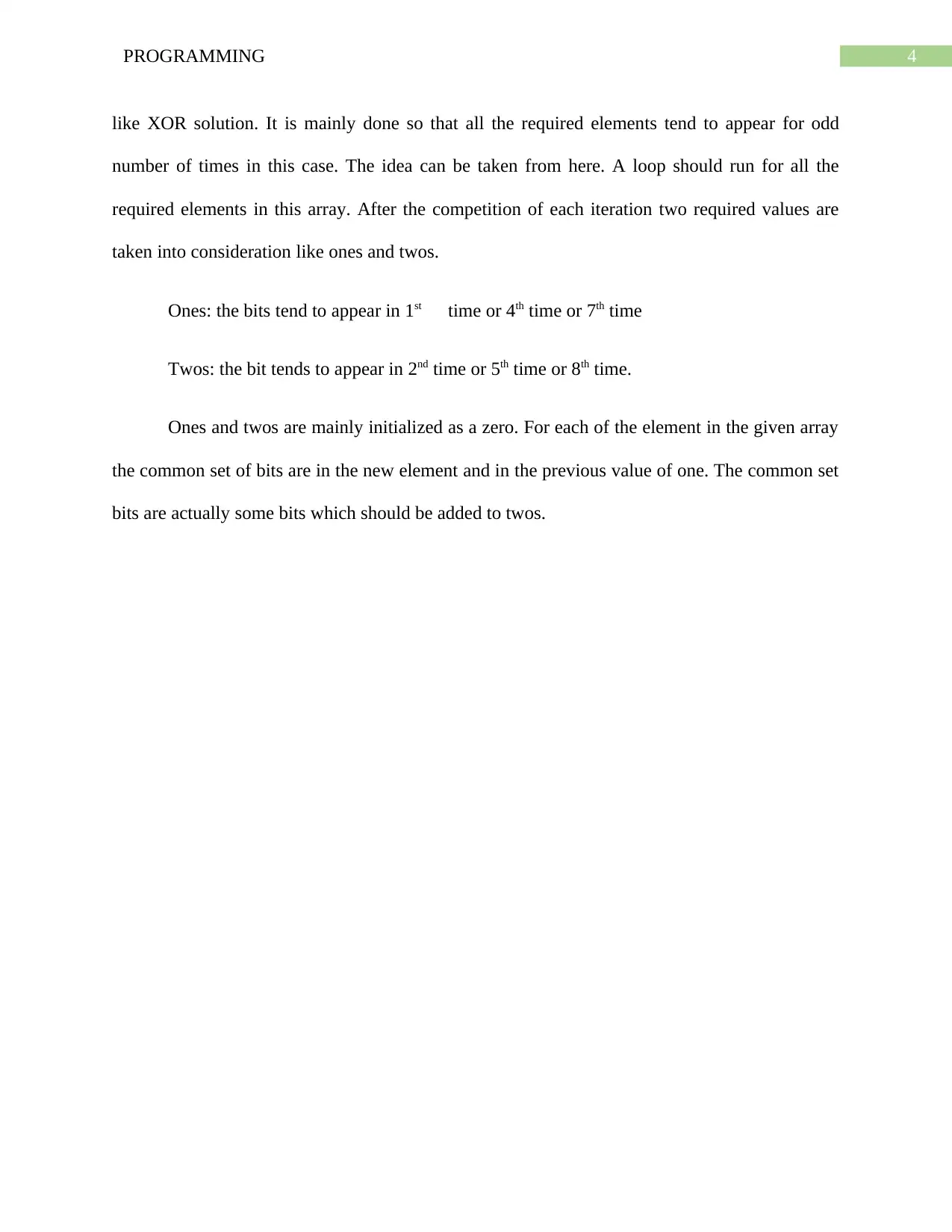York University ITEC 2620N Assignment 1: Sorted List and Tree Solution
VerifiedAdded on 2023/04/25
|6
|627
|111
Homework Assignment
AI Summary
This document presents the solution to Assignment 1 for ITEC 2620N, a course at York University. The assignment focuses on fundamental programming concepts and data structures. Part A of Question 1 addresses the time complexity of adding elements to a sorted linked list, discussing insertion at the head, tail, and within the list. Part B of Question 1 involves drawing a binary tree based on its in-order and post-order traversals. Question 2 delves into the time complexity analysis of a method designed to determine the uniqueness of elements within an array, with a detailed explanation of the algorithm's efficiency. The document also includes references to relevant academic sources.
1 out of 6












![[object Object]](/_next/static/media/star-bottom.7253800d.svg)